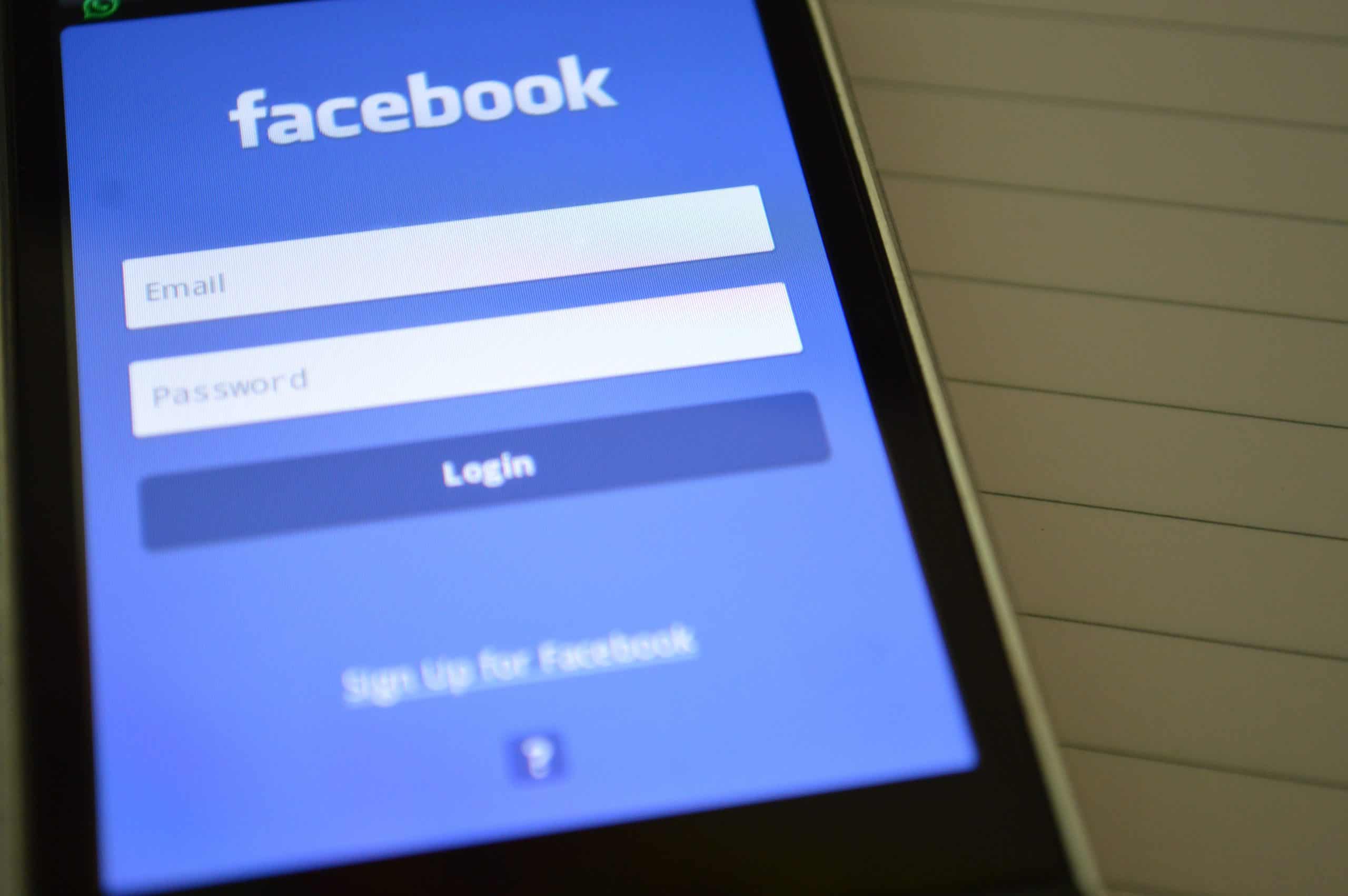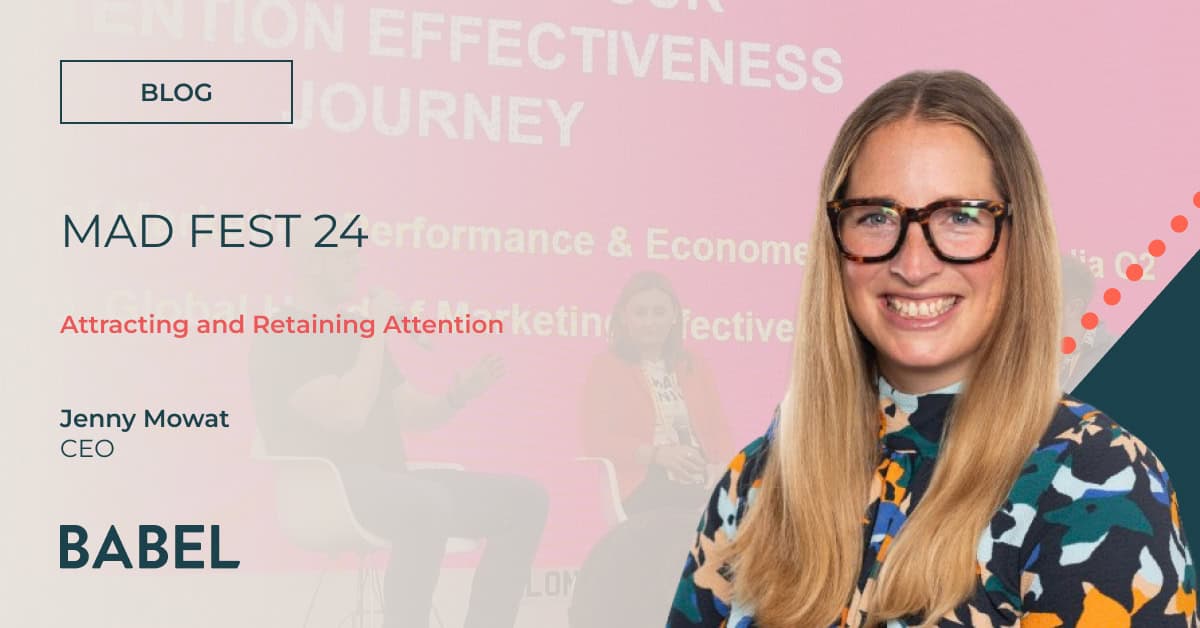
Watch out, broadcasters: Facebook enters the fray
“Watching video on Facebook has the incredible power to connect people, spark conversation, and foster community”, according to the tech company’s director of video product, Daniel Danker. Danker’s evangelising formed part of the official introduction to Watch, a new platform for ‘shows’ (a term Facebook seems to have branded), which is now available to a select group of the site’s US followers.
The social media giant has diversified since its 2004 launch, and is now a news source, marketing tool, communications service provider and all-round media magnate. Having sowed the seeds with Facebook Live last year, its maturation as a broadcaster is as predictable as it is inevitable.
But will consumers really turn away from the laptop or TV set and towards Facebook for episodic content (which will reportedly include live tutorials on furniture-making, and advice from a ‘motivational speaker, and life coach’)? As a sporadic user of the social media site – and having never used it as a video platform – Facebook can count me out of its audience figures.
With so much high-end, well produced content available via Freeview, SVoD and free online platforms – those who’ve not discovered Walter Presents should head to All4 – the thought of watching via Facebook and allowing it a further inroad into my life and habits, really doesn’t appeal. Not only will the company be monitoring my every move and likely profiting from this information, but Facebook will also retain 45% of ad break revenue from Watch content.
Yet Facebook’s incarnation as a broadcaster is part of a common trend amongst social media sites, and one which does seem to appeal to large numbers of users globally. Last year Twitter paid $10 million for the global rights to live stream NFL Thursday night football games, which averaged 265,800 viewers per minute across all 10 games aired. Twitter has also made inroads into news broadcast, live streaming the Republic and Democrat conventions last year.
And it’s not the only one: messaging app/social media platform Snapchat can also add ‘broadcaster’ to its increasingly lengthy descriptor, having signed a deal with Channel 4 to screen exclusive content from the PSB’s Ackley Bridge series to app users. Again, I’m not a Snapchat user, but if I was I can’t imagine the photo-sharing and comms platform being my first port-of-call for catching up on TV. A quick Google to unearth stats to support or disprove the success of Snapchat’s move were unfruitful, but I doubt the numbers would rival the 2.2 million viewers Ackley Bridge attracted to C4.
I’m not entirely cynical though, and in fact I welcome the internet’s democratisation of broadcast. Facebook Live, as well as other dedicated streaming platforms such as Meerkat, has revolutionised citizen journalism, allowing ‘anyone’ (and with affordable smartphones and improving global connectivity, this is almost accurate) the means to disseminate content, opinion and perspective.
The rise of social media sites as broadcasters needn’t mean the death of the traditional broadcaster either. As Channel 4 has demonstrated, new audiences can be tapped, and hopefully retained, via new delivery strategies which appeal to a growing subset of digital-first viewer.
Facebook users outside the US – and outside the select base within the US – will have to wait an unspecified time to access and form opinion on its new Watch platform, which will be rolled out widely ‘soon’. In the meantime though, I remain sceptical about the ‘incredible powers’ of Watch promised by the incredible power that is Facebook.





